Quantum World Congress 2025 Celebrates Global Industry Challenge Winners
An unprecedented, real-world sprint to apply quantum (and AI adjacencies) to high-value industry problems drew more than 600 applicants from 60+ countries. It culminated in five winning solutions announced on the main stage at QWC 2025.
From modeling climate risk to decoding the human brain, innovators from around the world brought real-world impact to quantum computing at the Global Industry Challenge (GIC or Challenge), whose winners were announced live at Quantum World Congress 2025.
The Challenge, hosted by Connected DMV, in partnership with ecosystems of the Quantum Accord, as the centerpiece of the International Year of Quantum Science & Technology, invited teams across six continents to apply quantum computing technologies and AI adjacencies to key industry problems in finance, insurance, infrastructure, energy, and life sciences. More than 600 applicants from over 60 countries participated, and by the end of the multi-phase program, 28 finalist teams from 17 countries delivered final submissions across five high-value use cases sponsored by global industry leaders.
A global sprint to real-world quantum
“The Global Industry Challenge demonstrates the power of bringing industry challenges directly to the global scientific community,” said George Thomas, President & CEO of Connected DMV. “This collaboration achieved three critical goals: delivering innovative industry solutions from a global group of experts, expanding global quantum awareness, and democratizing access to real quantum computers and simulators for competitors worldwide.
Hosted online through Aqora and qBraid, the Challenge gave participants access to some of the world’s most advanced computing platforms, including IBM’s Eagle and Heron systems, IonQ’s Aria and Forte, QuEra’s Aquila, Rigetti’s Ankaa-2, IQM’s Garnett, Amazon Braket simulators, and NVIDIA GPU toolchains.
Winners announced across five industry challenges
World Bank Group Challenge – Risk Management & Insurance
The World Bank Group’s challenge asked teams to create a quantum-driven climate risk insurance model capable of better predicting and diversifying risk as natural disasters grow in frequency and cost.
Winner: DelphiQ (Australia & New Zealand) — Lea Casse, Nicolas De Matteis, Sabarikirishwaran Ponnambalam, Jacinta May
Runner-up: Australia Quantum Actuarial Team (Australia) — Anthony Lowe, Nishikanta Mohanty, Muria Roberts, Ramona, Michael Luke Walker
“Quantum technologies hold enormous promise in helping us model climate risk and design more resilient systems for the future,” said Laura Melor McCandis, Chief Information Officer of IFC, in presenting the award.
MITRE Challenge – Infrastructure
For MITRE’s use case, researchers simulated asphalt binder degradation to extend road lifespan and reduce repair costs.
Winner: Quantum Pave (Sweden & Germany) — Karim Elgammal, Marc Maußner
Runner-up: OATH (United States) — Evren Yucekus-Kissane, Om Tailor, Aditya Sengupta, Trevor Kim, Harshitha Gaddambachahalli Raghukumar
“This Challenge gave researchers a chance to use quantum systems on a real infrastructure problem—helping roads last longer and cost less,” said Dr. Jakob Weinstein, Chief Scientist for Quantum Technologies at MITRE.
JPMorgan Chase Challenge – Financial Services
JPMorgan Chase asked teams to improve the performance of its open-source optimization toolkit, QOKit, for quantum portfolio optimization.
Winner: Quantum Walk (South Korea) — Inho Choi
Runner-up: Qubitara (Saudi Arabia) — Ismail Habib, Mohammad Linjawi, Reema Alzaid, Bander Alshammari
Wells Fargo Challenge – Financial Services
Wells Fargo’s challenge focused on quantum evolution with measurement and reset loops, reflecting the dynamics of real-time financial systems.
Winner: JQC (India) — Janhavi Chaurasia
Runner-up: Quantum Walk (South Korea) — Inho Choi
NeuroQuantum Nexus Challenge – Life Sciences
In partnership with the Mid-Atlantic Quantum Alliance, NeuroQuantum Nexus (including Cleveland Clinic, University of Maryland, and NeuroTech Harbor) tasked participants with using NISQ-based algorithms to analyze neural calcium-signal data and advance understanding of brain activity.
Winner: Synqronix (Switzerland) — Maria Yuffa Meshcheryakova, Arash Sal Moslehian
Runner-up: Quadrigems (United States) — Skylar Chan, Wilson Smith, Kyla Gabriel
“The idea of using a full-scale quantum computer to help us model and understand the brain’s vast complexity is an extraordinary opportunity,” said Dr. John Sawyer, Executive Director of the Mid-Atlantic Quantum Alliance.
Special recognition: Inspiring the next generation
A highlight of this year’s Challenge was Quantum HQ, a team of students from Thomas Jefferson High School for Science and Technology, Fairfax County Public Schools, Virginia, USA, who advanced to the final round through the education partnership with Connected DMV’s PQIC Quantum Academy. Their success underscores the program’s growing impact on long-term quantum workforce development.
The Bigger Picture
In total, the Challenge featured 200+ participants from 24 countries working across 88 teams, ultimately narrowing to five winning solutions representing seven nations. Finalists hailed from organizations spanning academia, startups, and industry—showcasing the global momentum behind practical quantum adoption.
The Global Industry Challenge demonstrates a shift in the field: from research to real-world deployment. By uniting industry sponsors, startups, researchers, and students under one collaborative framework, the program is accelerating the move from quantum discovery to deployment.
As Connected DMV continues the International Year of Quantum, the Challenge’s success will feed into new international partnerships, pilot projects, and the broader mission to turn quantum potential into practical value—in finance, infrastructure, climate resilience, and beyond.
Big things are coming; the Challenge returns in 2026. Whether you’re ready to participate, provide a challenge, or partner, stay tuned and be part of what’s next at pqic.org/challenge.
